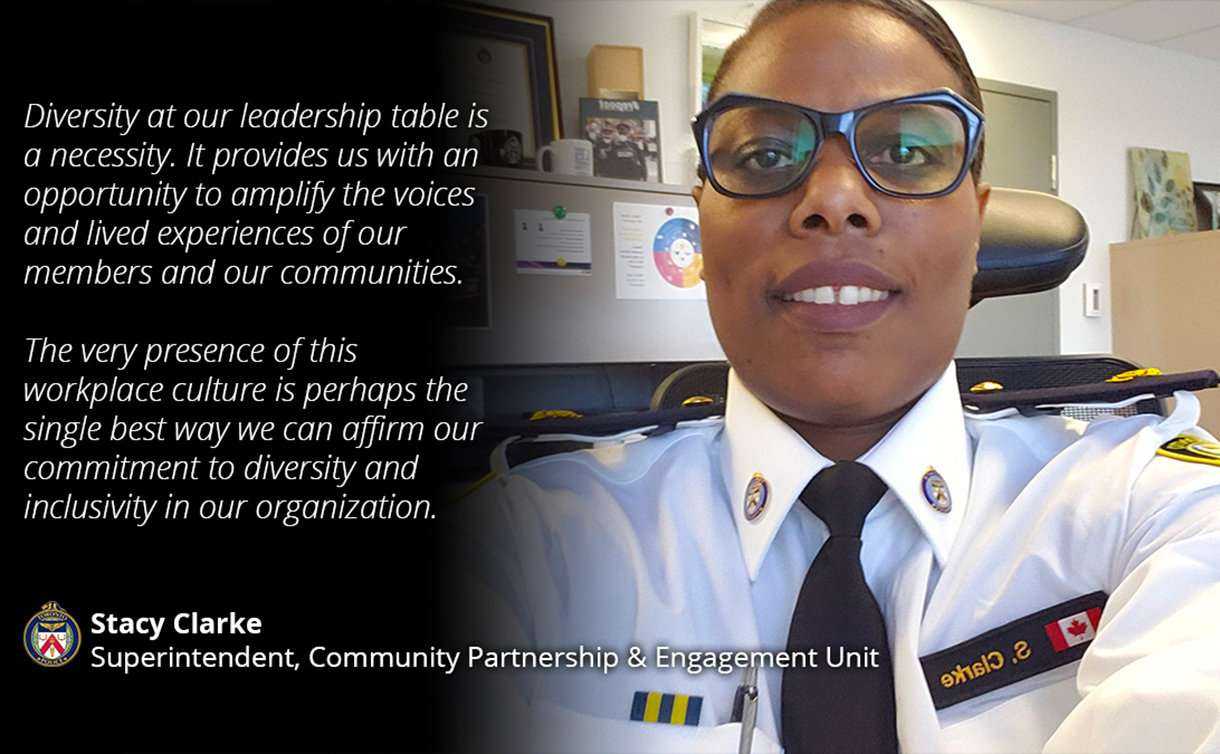BY PAUL JUNOR
The appointment of Stacy Clarke as the first Black female Superintendent in the
183-year history of the Toronto Police Services was greeted with much community celebration. Her promotion in July 2021 to senior leadership within the TPS was an historic and ground-breaking one.
She rose through the ranks of the TPS from the Community Response Unit, Youth Bureau and Intelligence, Divisional Policy Support Unit, Police College and the Primary Response Unit in the Detective Office. She was promoted in 2016 and subsequently in July 2021 she took over control of the Community Partnership and Engagement Unit (CPEU).
It was truly shocking when several mainstream media sources reported allegations against Superintendent Clarke that she leaked exam questions to six officers who were being mentored by her to be promoted. An email from Allison Sparkes, Director of Corporate Communications reads, “I can confirm that the Service is investigating allegations of impropriety in a recent promotional process. If the matter were to proceed to Tribunal, it would be made public in that process. Should criminal charges arise, the Service would also make those public. As of now, it is an on-going investigation and I’m unable to add anything further at this time.”
TPS spokesperson, Meaghan Gray revealed that Stacy Clarke was the high-ranking officer being investigated. She faces several charges under the Police Services Act such as “Breach of confidence, discreditable conduct and insubordination.” She indicated that details of the allegations would be fully revealed on Monday, January 24th, 2022, when Superintendent Clarke makes her appearance at the Toronto Police Tribunal.
Gray states, “While the Police Services Act prevents us from commenting further, we can also say that it is the chief’s intention to bring in an external prosecutor and adjudicator for this matter.” The notice of hearing revealed that she is accused of “Sending images of questions for the Toronto police sergeant’s interview to six constables in late November 2021.”
Furthermore, there are allegations that she invited one of the constables, identified as H.H., to her home for three days between December 3rd, 2021, and December 6th, 2021, to mentor them on the sergeant’s interview process. It is alleged that even after she was informed in an email on November 10th, 2021, that she would terminate all communication with the officers, she still continued. It was reported on January 24th, 2022, that Superintendent Clarke engaged in a mock interview with one of the candidates using actual questions, which were part of the promotional interview package without revealing potential conflict of interest. Superintendent Clarke will have to wait until February 23rd, 2022, to find out the outcome of this tribunal.

